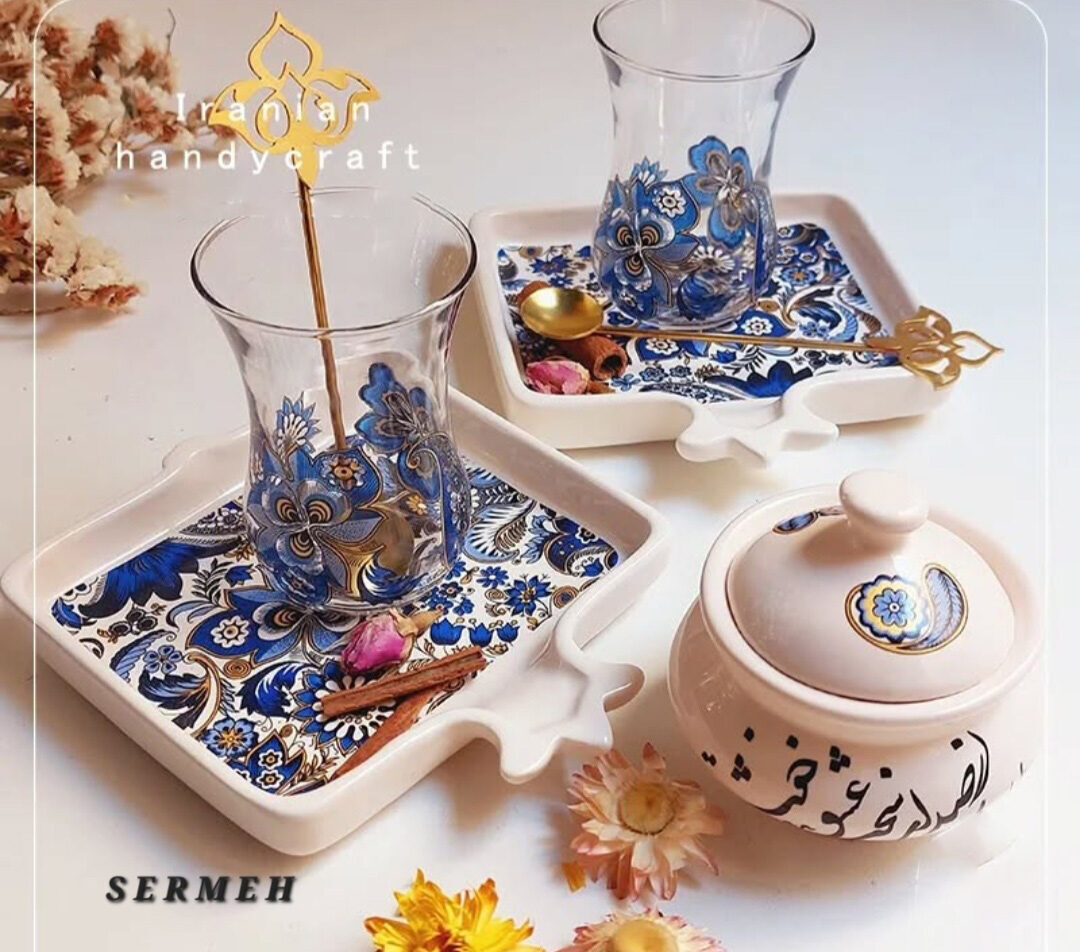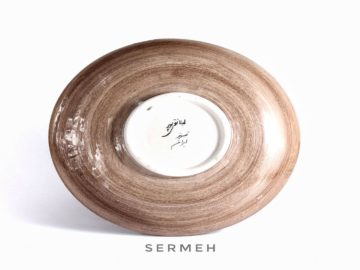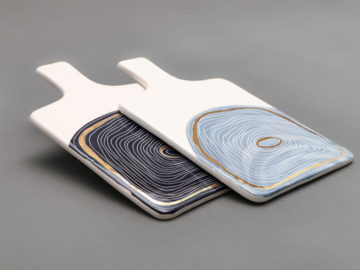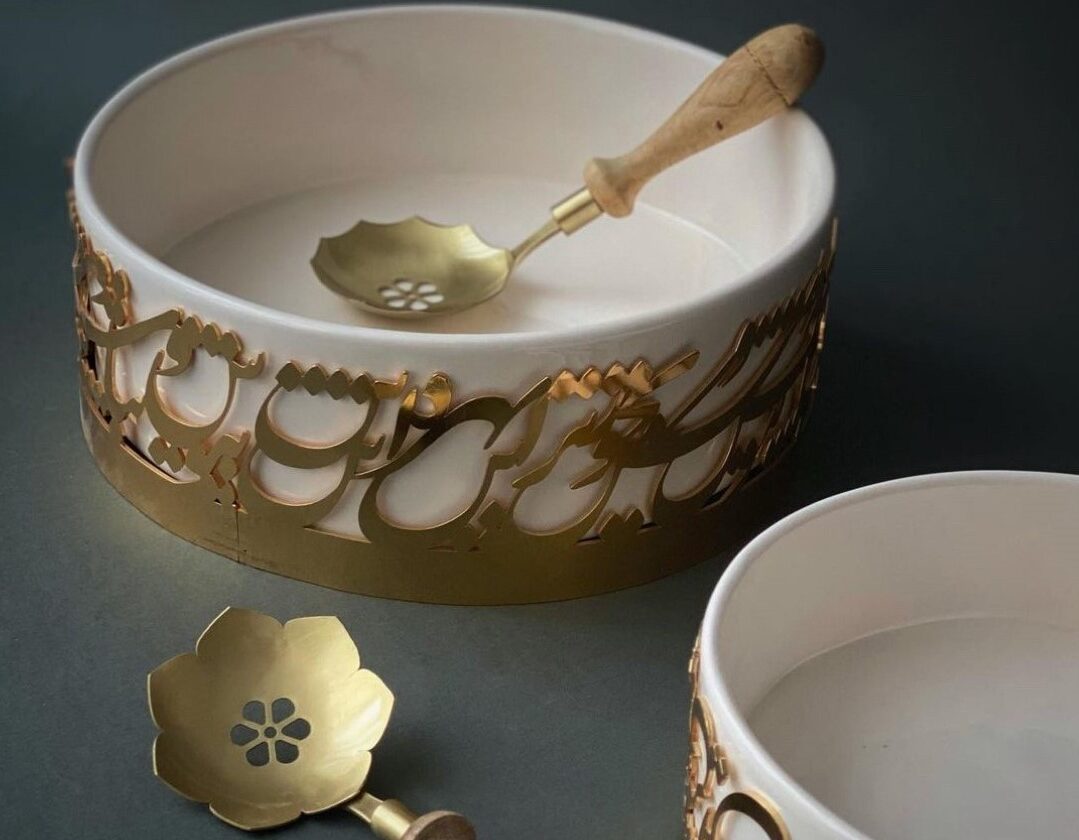Yalda
Yalda night or Cheleh night is one of the oldest Iranian festivals. This celebration commemorates the passage of the longest night of the year, followed by the lengthening of the days in the Northern Hemisphere, which coincides with the winter solstice.
Yalda night celebration, like many Iranian rituals, is rooted in a cosmic event. In its annual movement, the sun reaches the lowest point of the southeast horizon at the end of autumn, which shortens the length of the day and increases the time of darkness at night. But from the beginning of winter or the winter solstice, the sun returns to the northeast again, which results in an increase in daylight and a decrease in night.
Yalda celebration in Iran today is celebrated by gathering together and spending the night with family members and relatives. The ritual of Yalda night or Cheleh night is to eat special nuts, watermelon, pomegranate, sweets and various fruits, all of which have a symbolic aspect and are a sign of blessing, health, abundance and happiness. On this night, like the Tirgan festival, it is customary to take fortune-telling from Hafez’s book. Attendees tell the future by choosing and breaking a walnut from its puki or fullness.
Yalda night dishes are one of the complements of Yalda theme and decor, dishes can be in the form of bowls, plates, glasses, frames, etc. and are made of different materials such as ceramics and pottery.
The dish for Yalda night is usually made of ceramics, pottery, etc., and designs like pomegranates and watermelons are used on it. On this night, families gather with their friends and acquaintances and sit around. The pomegranate on the table is a symbol of happiness and fertility. Yalda night is one of the happy occasions. Tonight, we are going to give each other energy and warmth so that we can get through the cold season. So using red things can make everything much warmer.



















































Reviews
There are no reviews yet.